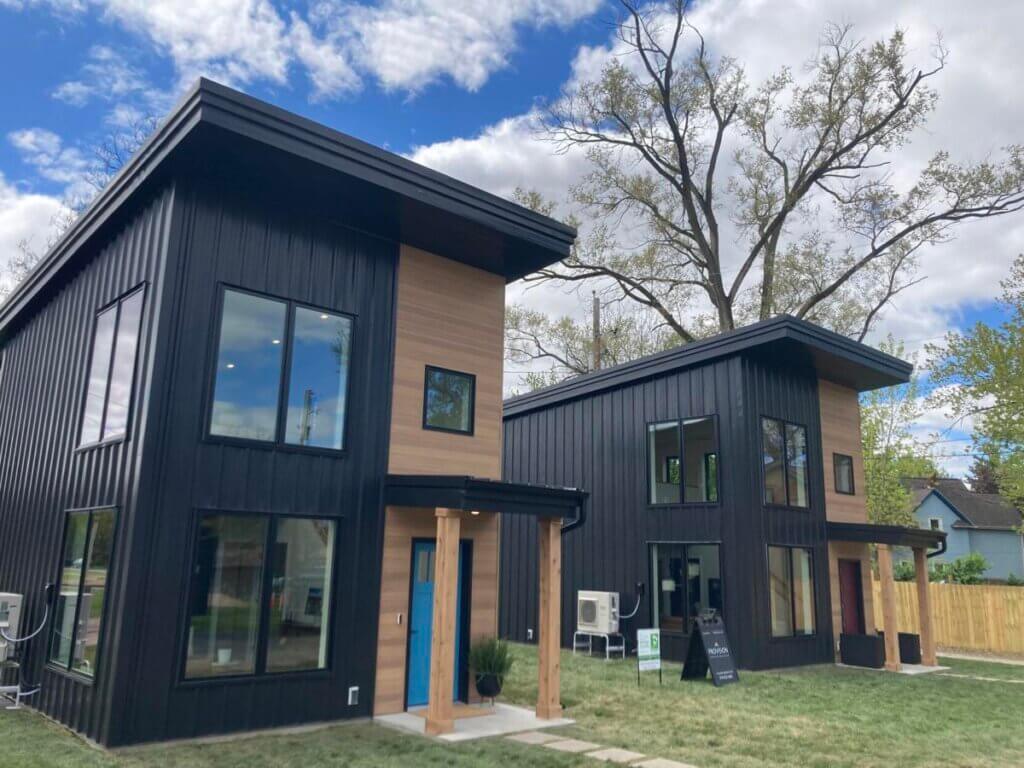Comparing Perceptions and Practice: Why Better Land Use Data is Critical to Ground Truth Legal Reform
Published On June 28, 2019
This is the third installment in a working paper series that utilizes the Terner Center California Residential Land Use Survey to assess the implications of California’s state and local policy for housing. The working paper series is published jointly by the CALIFORNIA ASSOCIATION OF REALTORS®’s Center for California Real Estate and the Terner Center for Housing Innovation at UC Berkeley. This paper series will examine a number of topics related to land use regulation; from the feasibility of ADU production to trends in segregation. Read the full paper here.
COMPARING PERCEPTIONS AND PRACTICE: WHY BETTER LAND USE DATA IS CRITICAL TO GROUND TRUTH LEGAL REFORM
By Moira O’Neill, JD, Adjunct Assistant Professor at Columbia GSAPP, Giulia Gualco-Nelson, JD, Associate Research Scholar at Columbia GSAPP, and Eric Biber, JD, Professor of Law at Berkeley Law
The state’s housing crisis has garnered increasing attention from legislators in recent years, and Governor Newsom made the topic a central issue of his agenda when he entered office in January. While solving the crisis requires a multi-pronged approach, policy-makers have directed attention to potentially costly regulations and lengthy entitlement processes. Many state-level proposals currently under consideration focus on easing local regulations in order to boost housing production and affordability.
The lack of good data on local regulations and processes can make it hard to understand exactly which policy levers will most effectively address the housing crisis. Combining two new data sources, the Terner Center California Residential Land Use Survey and our case study data, offers an opportunity to better understand the implications of local land use decisions and to identify where data gaps remain or additional research is needed.
The new Terner Survey collected extensive information from city and county planners about local regulations across the state. Our team compiled administrative data on all residential projects of five or more units that received a final entitlement in nine case study cities between 2014 and 2016. Eight of the nine cities–San Francisco, Oakland, San Jose, Redwood City, Palo Alto, Los Angeles, Pasadena, and Long Beach–also answered the Terner Survey.
When localities were required to report on processes and outcomes subject to state-mandated reporting requirements, the Terner survey responses and our case study data were more likely to align.
For example, the Terner Survey and our case study data found similar numbers of affordable housing approvals. This alignment is likely due to state laws that require localities to report housing approvals by level of affordability.
Differences between the data sets shed light on areas where perceptions and data do not always align.
For example, respondents to the Terner Survey often reported approving developments more quickly than demonstrated in case studies. This trend continued across different types of approvals. In housing development time is money, and lengthy approval timelines can contribute to housing costs and dampen housing supply.
We also found higher rates of setback, parking, and density variances in the case study, as well as more density bonus waivers and concessions–which function similarly to variances. The tendency of respondents to underestimate approval timelines and the rates of variances points to potential blind spots in tracking planning processes at the local level.
Perceptions of public opposition reported in the Terner Survey also differed from our case study data. While responses typically noted high levels of public opposition, we found lower rates of administrative appeals. However, public opposition can take many different forms, from participation in local hearings to administrative appeals or litigation. We also found lower levels of litigation than reported in the Terner Survey, but survey responses may reflect perceptions built over a longer period of time than captured in our case study data.
Better data collection would bridge the gap between perception and reality at the local level and inform state policy.
Differences between survey responses and collected case study data underline the need for better systems to track land use regulation and entitlement processes. The state can improve data in the following ways:
- requiring the use of consistent terminology statewide,
- mandating reporting on a wider range of data,
- making data easily accessible,
- and assisting local governments to compile, analyze, and manage their data.
Without a detailed understanding of internal trends, cities and counties are ill-prepared to assess points of friction in their processes. More detailed data would also equip policymakers to design more effective policies, bolstering efforts to build sufficient housing for all Californians.





